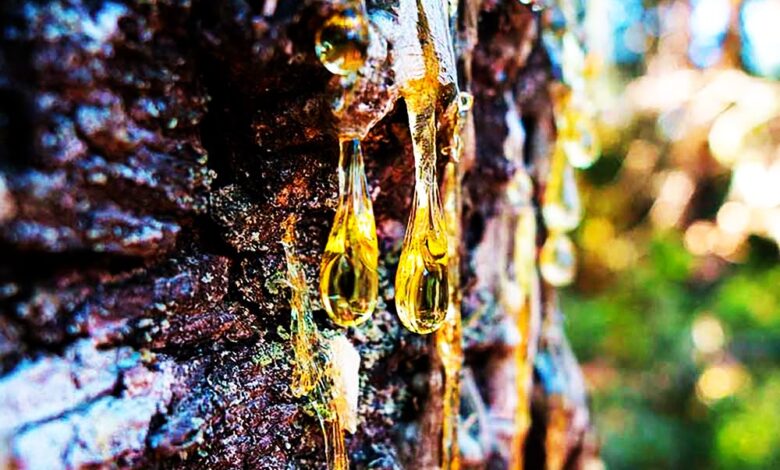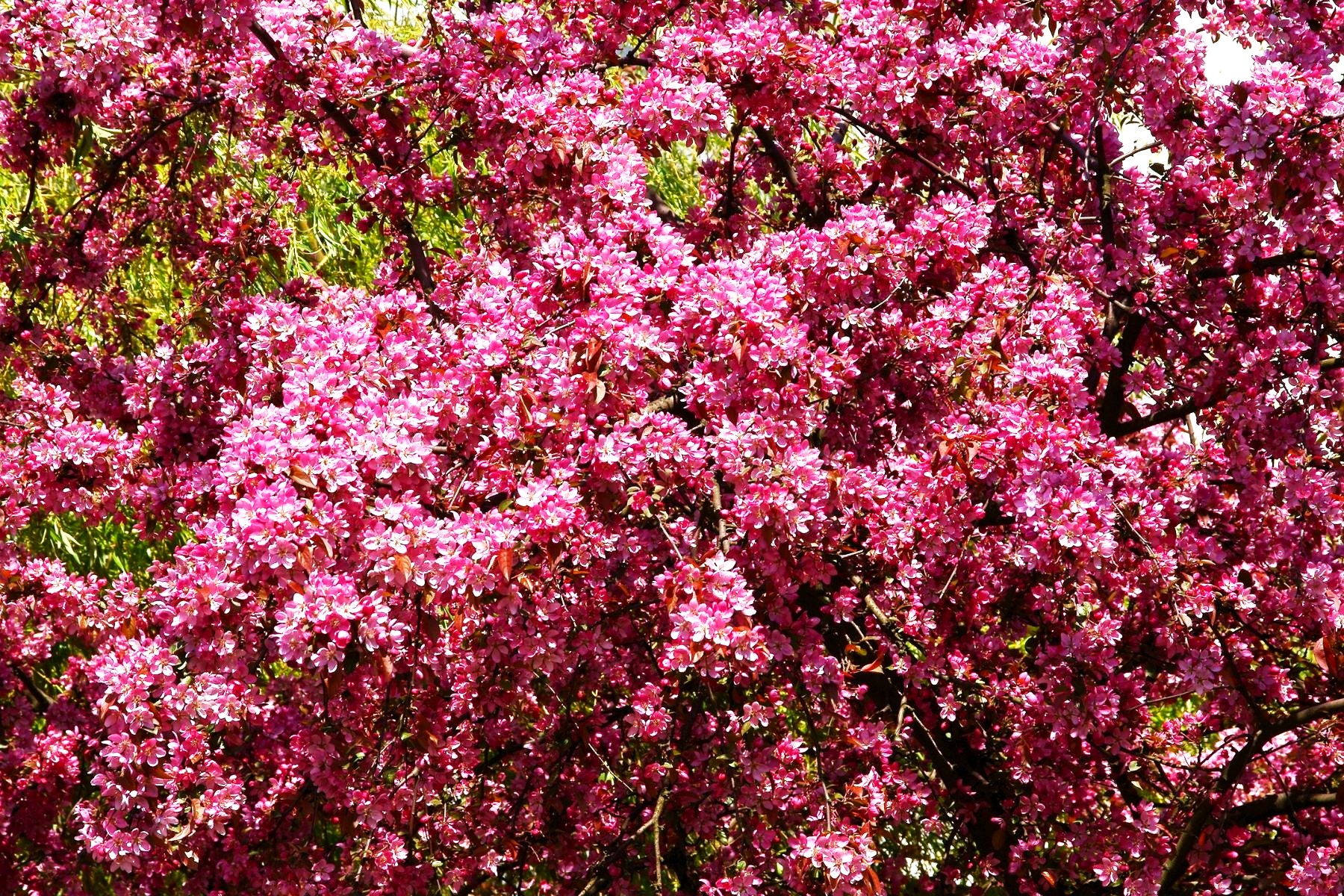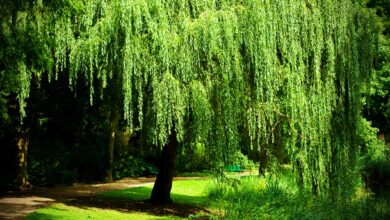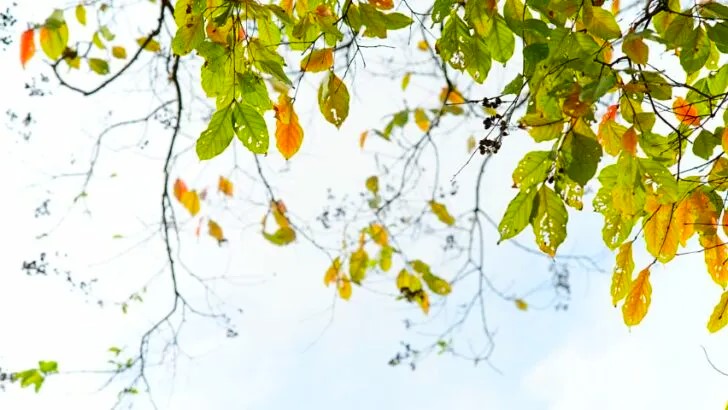Pine Tree Sap Season: Pine Tree Sap Uses And Information, Is Pine Tree Sap Safe To Use And What İs Pine Tree Resin Used For?
What Are The Uses Of Pine Trees And What İs Sap From Pine Trees Used For?

Pine trees, like most others, yield sap. Coniferous trees with long needles are called pine trees. These hardy trees frequently survive and flourish in regions and at altitudes that are inaccessible to other tree species. Continue reading to learn more about sap from pine trees.
Sap from Pine Trees
A tree needs sap to survive. Water and nutrients are absorbed by roots, and the tree needs to distribute these resources widely. The viscous liquid known as sap transports nutrients to the parts of the tree that require them most. Simple sugars produced by tree leaves have to pass through the fibers of the tree. Sap serves as these sugars’ mode of transportation as well. Despite the common misconception that sap is a tree’s blood, sap moves through trees far more slowly than blood does. Although sap is primarily composed of water, the sugar compounds it contains give it a rich, thick consistency and keep it from freezing in cold climates. There isn’t actually a sap season for pine trees, as far as the sap goes. While pine trees continuously yield sap throughout the year, some of it escapes the trunk and branches in the winter.
Uses of Pine Tree Sap
The sap of pine trees is used by the tree to move nutrients. Pine tree sap is used to make candles, glue, and fire starters. Turpentine, a flammable substance used to coat objects, is also made from pine sap. It’s not always simple to remove pine tree sap if you harvest it with a knife. Using a rag soaked in Everclear (190 proof) to wipe the blade is one method of removing pine tree sap from knives. See here for additional sap removal advice.
Too Much Pine Tree Sap
If the bark of a pine tree appears healthy, it shouldn’t be a reason for alarm as healthy trees do leak sap occasionally. Loss of sap, however, can harm the tree. Unintentional cuts caused by weed eaters or shattered branches during a storm are the causes of excessive sap loss in pine trees. Additionally, it may be caused by borer insects that hollow out trees. Borers are probably to blame if the sap is flowing from several holes in the trunk. Consult a county extension service office to determine the appropriate course of action. Fungi growing under the bark of your pine tree can cause dead spots called cankers, which can also lead to an overabundance of sap. Cracks or sunken areas can be cankers. Canker cannot be controlled with chemicals; however, if you identify the disease early on, you can save the tree by pruning out the afflicted branches.





